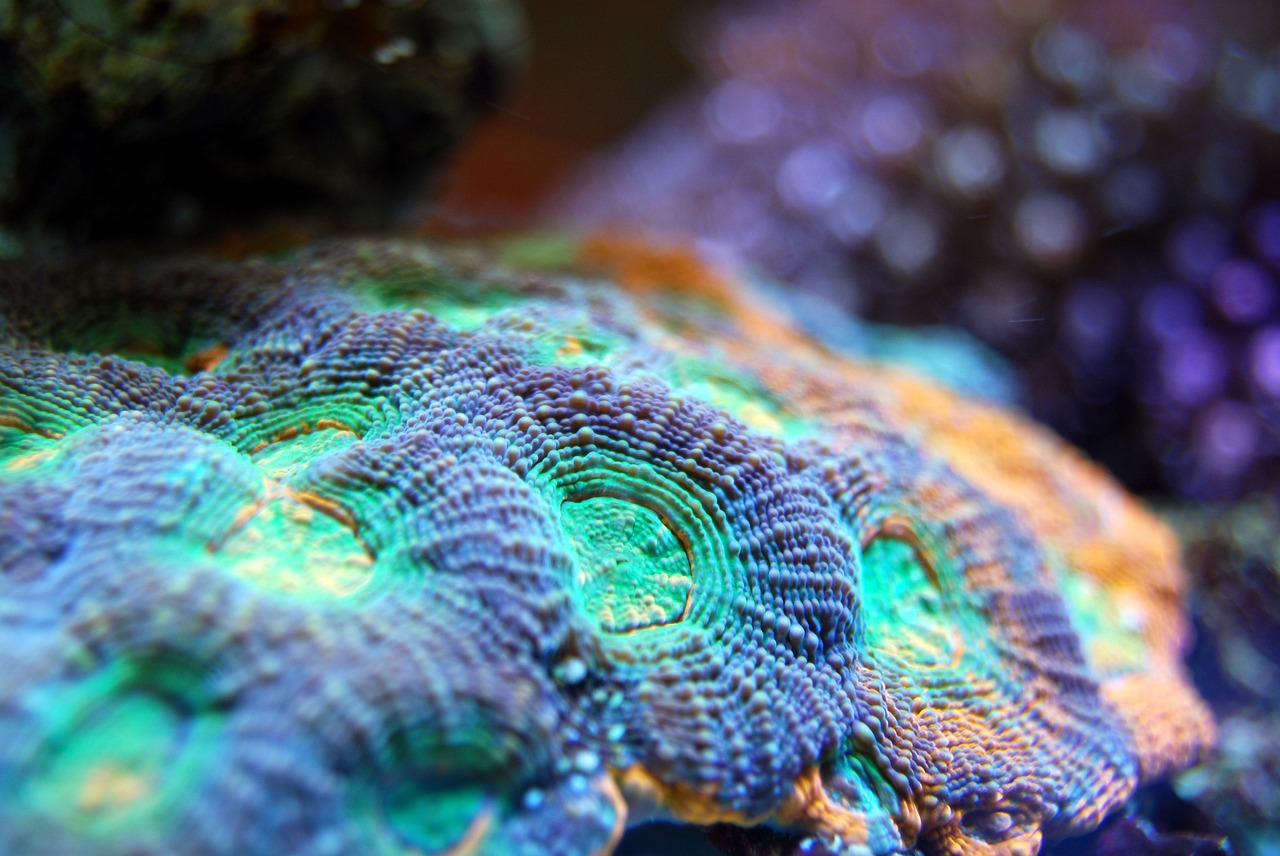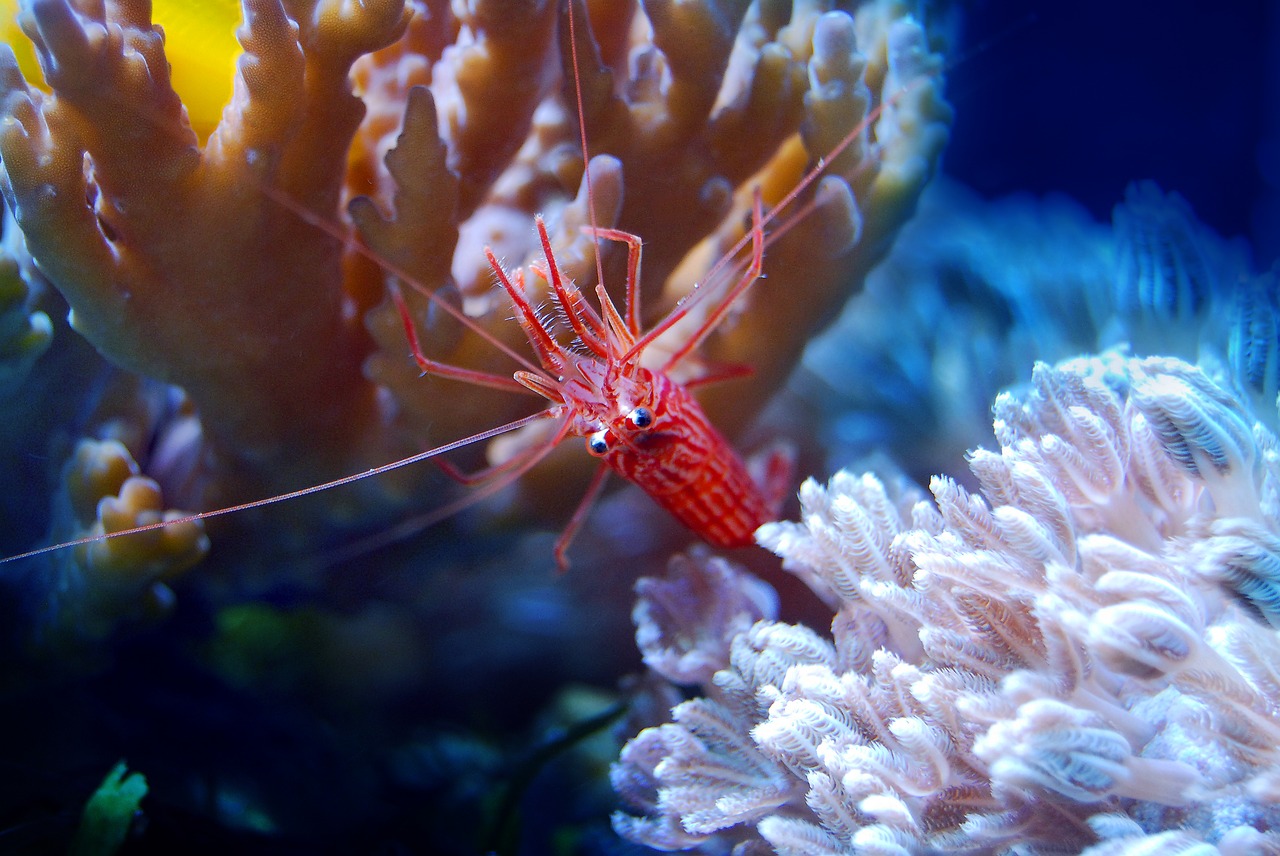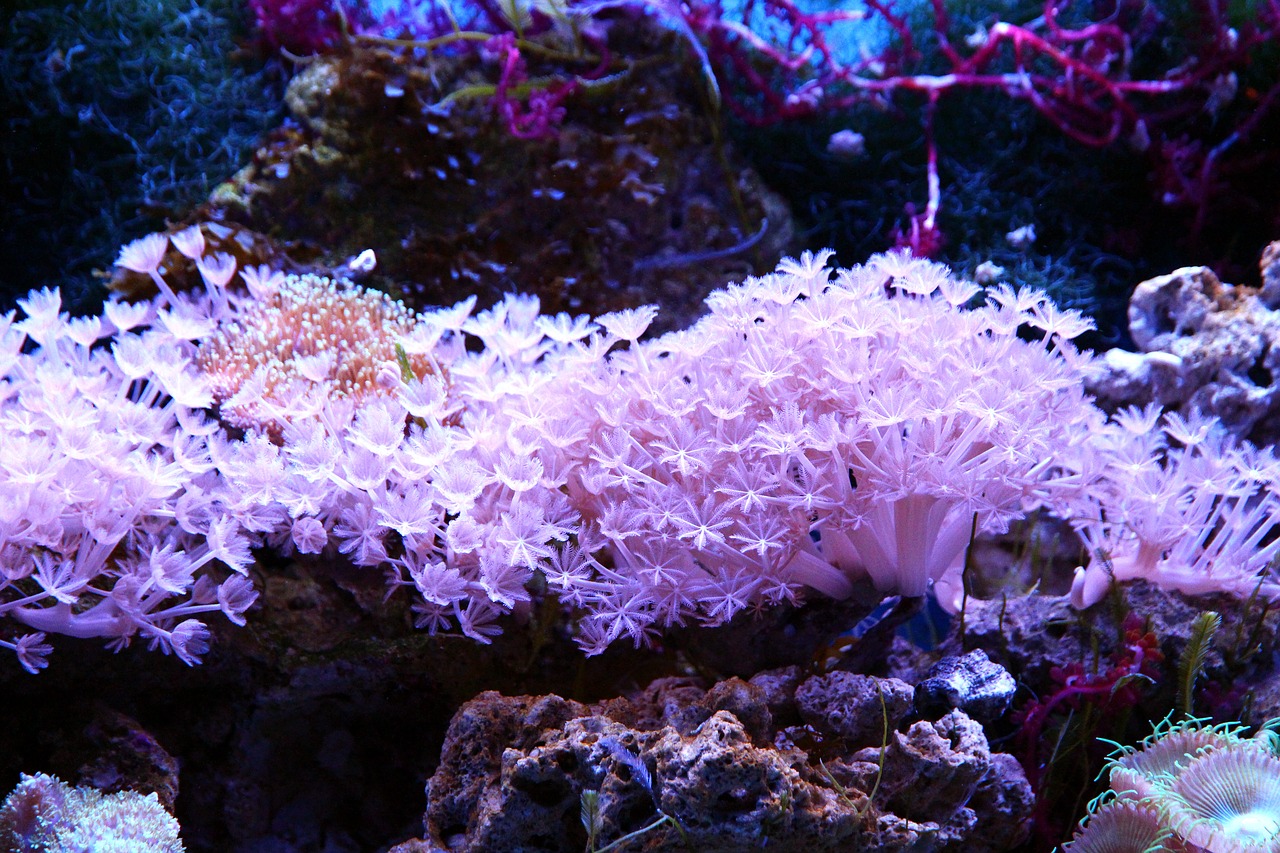Nano reefs for beginners
Even though it is often said that a saltwater aquarium is more complicated to maintain than a freshwater aquarium, the opposite is actually the case. The fact that the purchase and maintenance is still a cost factor is also no secret, but what hobby is not accompanied by a certain investment? Today we would therefore like to dedicate ourselves to the topic of nano reefs.
Maintaining a piece of vacation at home is no longer witchcraft thanks to the technology available today. An aquarium always represents an ecosystem of a certain section, so that it can be decided in advance, also in the saltwater area, which topic will be focused on. A pure fish tank has different requirements than a coral tank, but this should also be selected depending on its later stocking.

How big should it be?
Size does matter, especially when it comes to aquariums. If a freshwater nano aquarium ranges between 10-56 liters in terms of volume, the marine nano is more likely to be 30-150 liters. For beginners, it is recommended to go for complete sets to get an idea of what is in store for the "noodle water owner" in the future. Some suppliers already have great offers, in which in addition to the tank, the base cabinet and technology are already included, so that you do not have to laboriously search for them in individual parts. Depending on the later stocking, the new gem should be selected in an appropriate size, so that the new nano reef can start successfully and the new animals can be cared for species-appropriate. It should not be underestimated that living stones or reef rocks, as well as various technical equipment, require a certain amount of space in the tank, which could be lacking for the animals later on. It is therefore not only sensible to go one size larger, but these biotopes are usually more stable than mini glass boxes and forgive, especially in the beginning, one or the other mistake.
The technology for the nano reef
If you have already noted who should populate your reef later, you have accordingly also dealt with the lighting. The thick HQI bulbs, which are usually used in marine aquariums, are not suitable for your nano reef, because they would heat it up unnecessarily. A modern cool-white-blue LED is the better choice here, most lamps already have dimmers or controllers and can also be easily switched via built-in switching options.
Of course, you should also think about the temperature in your new dream aquarium, because most creatures in the nano reef are rather dependent on temperatures above room temperature, others, however, get problems in summer if it is much too warm. 25 °C is about the average temperature, from 29 °C at least your corals will protest. Therefore, choose a heater that regulates the temperature accordingly and also rely on constant temperature monitoring, which you can easily install with thermostats. By the way, you can install so-called aquarium coolers on the edge of the tank in the summer - these start automatically when the thermostat has indicated an increased temperature and cool the tank down a little.
With a filter, coarse particles are filtered out of the water, but the actual biological filtration takes over your nano reef. With the help of a flow pump you can therefore not only increase the oxygen content in the aquarium, it also helps to better distribute food to your invertebrates and to transport pollutants towards the filter.
A protein skimmer also supports water hygiene and is a must, especially in aquariums with fish stocking, to remove waste from the water. In larger systems with their own filter basin, the technology is often housed in this, nano aquariums, on the other hand, tend to be operated without. In a fish-free nano aquarium, this can be largely dispensed with, but with a hook-in version, because protein skimmers are also available in miniature format, you are much better off in the long run.

And off we go
Especially small invertebrates like snails, shrimps, small mussels or hermit crabs, but also corals are in the foreground of the nano reef and should be selected with care. Even small fish species have their special needs, which you should find out about in advance. Depending on which animals will later move in with you, the furnishing will also be decided. Some invertebrates, for example, like to burrow. All in all, a little less substrate is used in a saltwater aquarium to prevent rotting. To shorten the settling time, you can also use so-called live sand, which has living bacteria and is decomposed directly at the sea. Live rock also takes up a certain amount of space and brings not only bacteria, but sometimes also one or two surprises in the form of various organism. This later serves as a filter in the tank and also as a home for various corals, anemones or sponges that develop on it over time. Instead of live rock you can also use so called Real Life Rocks, which also have bacteria, but need water for activation.
Especially as a beginner, the colorful selection of corals can sometimes be a bit too confusing. They are divided into LPS, those with large polyps (the L stands for large) or SPS with small polyps (the S stands for small). LPS are generally considered to be somewhat easier because they do not require strong lighting and can cope with less current. Depending on the other new inhabitants you should also orientate your setup so that your animals feel comfortable.
The seawater for your nano reef can either be bought ready filled in the trade or you can make it yourself. The selection of different salts is sometimes almost too large, so you should look for salt mixtures that are declared as reef salt. Also a Hydrometer or a refractometer should be part of your repertoire, because only those who measure know what hour has struck in the aquarium and measuring the density is definitely part of it. Similar to fertilizing in a freshwater aquarium, your reef and its life need various nutrients such as potassium, calcium, magnesium and others, which you should add regularly. Only with sufficient trace elements and nutrients the nano reef will be a success. These nutrients can be found individually or pre-mixed in stores, so supplementation is child's play.

Last but not least..
... we recommend you, also or especially with a nano reef, to invest in a test kit for seawater and to use it regularly. Only too fast something can look more funny than it is and only those who measure have concrete results, which can be used to get help from the outside. It is no sacrilege to ask aquarium friends or retail staff for advice when your little ecosystem is out of sync.
